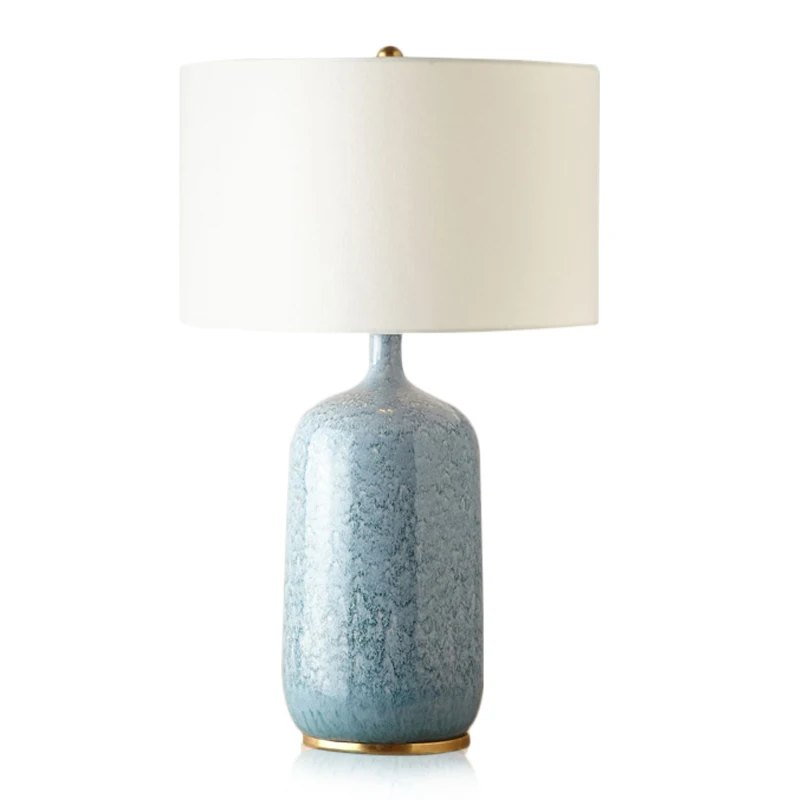
LEAFLETS
PRODUCTS
A Beacon In The Dark Exploring The Design And Functionality Of Modern Table Lamps Their Aesthetic Appeal And Practical Uses
The Evolution of Design: From Functional to Artistic
The earliest table lamps were purely functional. Their primary concern was illumination, often achieved with a simple, often ungainly, design. Materials were practical – perhaps heavy metal or plain wood. However, as technology advanced, so too did the aesthetic possibilities. The advent of electricity allowed for more compact and elegant designs. The Art Deco period, for instance, saw the emergence of sleek, geometric lamps, reflecting the era's fascination with streamlining and modernity. Materials like Bakelite and chrome became popular, adding a touch of glamour to the functional object.
Mid-century modern design brought a focus on simplicity and organic forms. Iconic designs featuring clean lines, natural materials like wood and bamboo, and understated elegance emerged. This era emphasized functionality combined with understated beauty, a trend that continues to influence contemporary designs. The post-modern era introduced a wider range of styles, incorporating eclectic elements and playful experimentation with form and materials.
Today, table lamp design encompasses an incredibly broad spectrum. From minimalist Scandinavian designs emphasizing simplicity and functionality to ornate, maximalist pieces that make a bold statement, the choices are seemingly limitless. Contemporary designs often incorporate sustainable materials, innovative lighting technologies, and smart home integration, pushing the boundaries of both aesthetics and functionality.
The Science of Light: Illuminating Functionality
Beyond aesthetics, the functionality of a table lamp is crucial. The evolution of lighting technology has significantly impacted the performance of table lamps. Early incandescent bulbs, while providing warm light, were inefficient and generated considerable heat. The introduction of fluorescent bulbs improved energy efficiency, but often produced a cooler, less inviting light. The advent of LED technology has revolutionized the field.
LEDs offer superior energy efficiency, longer lifespans, and the ability to produce a wider range of color temperatures, from warm, inviting glows to cool, bright whites. This allows for greater control over the ambiance created by the lamp, tailoring the light to suit the mood and activity. Furthermore, advancements in dimming technology allow for seamless adjustment of light intensity, providing even greater flexibility.
Modern table lamps also frequently incorporate features designed to enhance functionality. Some offer adjustable height or directional lighting, allowing for precise control of light placement. Others incorporate USB ports or wireless charging capabilities, transforming the lamp into a multi-functional hub for electronics. This blend of lighting technology and practical features underscores the evolution of the table lamp from a simple light source to a sophisticated piece of technology seamlessly integrated into our modern lives.
Aesthetic Appeal: Setting the Mood and Enhancing Style
The aesthetic appeal of a table lamp is undeniable. It acts as a focal point, contributing significantly to the overall ambiance of a room. The style of the lamp, its materials, and its placement can dramatically alter the feeling of a space. A sleek, minimalist lamp can create a clean, modern feel, while a more ornate, traditional lamp can add a touch of classic elegance.
The choice of materials also significantly impacts the aesthetic. The warm glow of a wood base can create a cozy atmosphere, while the cool sheen of metal can lend a sense of sophistication. The shade itself plays a crucial role, influencing the diffusion and direction of light, and contributing significantly to the overall visual impact. A sheer shade can create a soft, ambient glow, while a more opaque shade can provide focused, task lighting.
Beyond its individual contribution, the table lamp also interacts with other elements in the room to create a cohesive design. The lamp's style should ideally complement the overall décor, enhancing the existing aesthetic rather than clashing with it. Careful consideration of color, texture, and style ensures that the table lamp integrates seamlessly into the room's design, creating a harmonious and visually pleasing environment.
Practical Uses: Beyond Illumination
The practical uses of a table lamp extend far beyond simply providing illumination. They serve as a versatile and often overlooked design element in various settings. In living rooms, they provide focused light for reading or conversation, creating intimate and inviting spaces. In bedrooms, they serve as a comforting nightlight, offering a soft glow that helps to ease the transition to sleep.
Table lamps are equally useful in home offices, providing task lighting for work or study. Their adjustable height and directional lighting capabilities allow users to position the light precisely where it's needed, reducing eye strain and enhancing productivity. In hallways or entryways, table lamps provide ambient lighting, enhancing safety and creating a welcoming atmosphere.
Beyond the home, table lamps find practical application in a variety of settings, including hotels, restaurants, and offices. They create a warm and inviting ambiance, enhancing the overall customer experience. Their adaptability and versatility make them a valuable asset in any space that requires both functional lighting and aesthetic appeal. From a simple light source, the modern table lamp has evolved into a multifaceted object, serving a wide range of practical and aesthetic purposes in our lives.
SUBSCRIBE
INQUIRY










